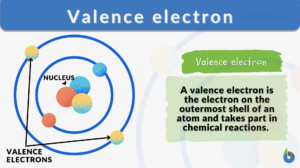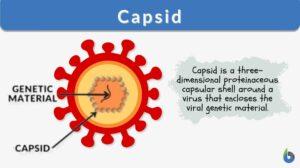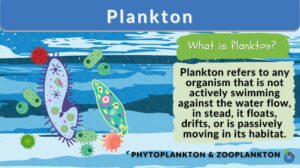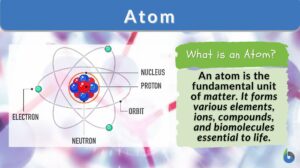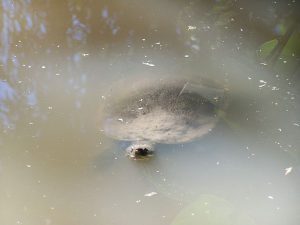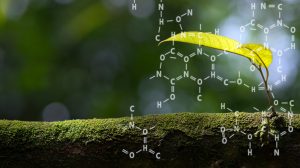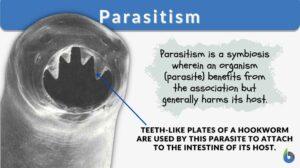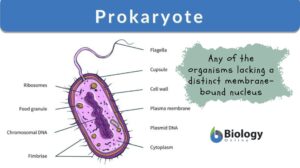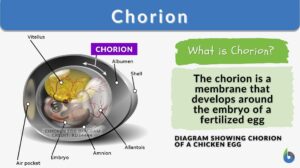Search Results for: top-shell
Valence electron
What are valence electrons? Why are they significant? Valence electrons definition in chemistry: The electrons in an atom's... Read More
Actions of Caffeine in the Brain with Special Reference to Factors That Contribute to Its Widespread Use
IV. Actions of Caffeine on Brain Functions and Behavior Having discussed the molecular and neuronal actions of caffeine,... Read More
Diffusion shell
Diffusion shell a small vessel made of a semipermeable membrane through which peptone, but not serum albumin, can pass; used... Read More
Microsphere
A spherical shell that is usually made of a biodegradable or resorbable plastic polymer, that has a very small diameter... Read More
Carboxysome
Carboxysome is a protein-shell micro-compartment inside bacterial cell and is involved chiefly in carbon fixation. It is a... Read More
Sex Reversal – When Males Grew Ovaries Instead of Testes
Summary: Sex reversal is not unusual in some animals, especially in invertebrates. As for the vertebrates, there are... Read More
Balanced diet
What is a balanced diet? What is the definition of a balanced diet? A nutritionally balanced diet fulfills all nutritional... Read More
Why Is The Mary River Turtle Endangered
The Mary River Turtle (Elusor macrurus) has been named recently as one of the species on the brink of extinction. That is... Read More
Effect of Chemicals on Growth & Development in Organisms
Plants Plants require a large number of elements to function properly, mainly carbon, oxygen, and hydrogen, essentially... Read More
Neural Control Mechanisms
Nerve cells called neurons generate electric signals that pass from one end of the cell to another and release chemical... Read More
Arthropods
There are over two million species of arthropods, who initially arrived on Earth in the middle of the Cambrian period.... Read More
Parasitism
Organisms depend on different sources of food to survive. Larger organisms like plants make their own food (autotrophs) and... Read More
Prokaryote
Prokaryote refers to any of the group of living organisms primarily characterized by the lack of a true nucleus and other... Read More
Enterobius vermicularis
Definition noun Human pinworm that inhabits the rectum of its host Supplement Enterobius vermicularis (formerly Oxyurias... Read More
